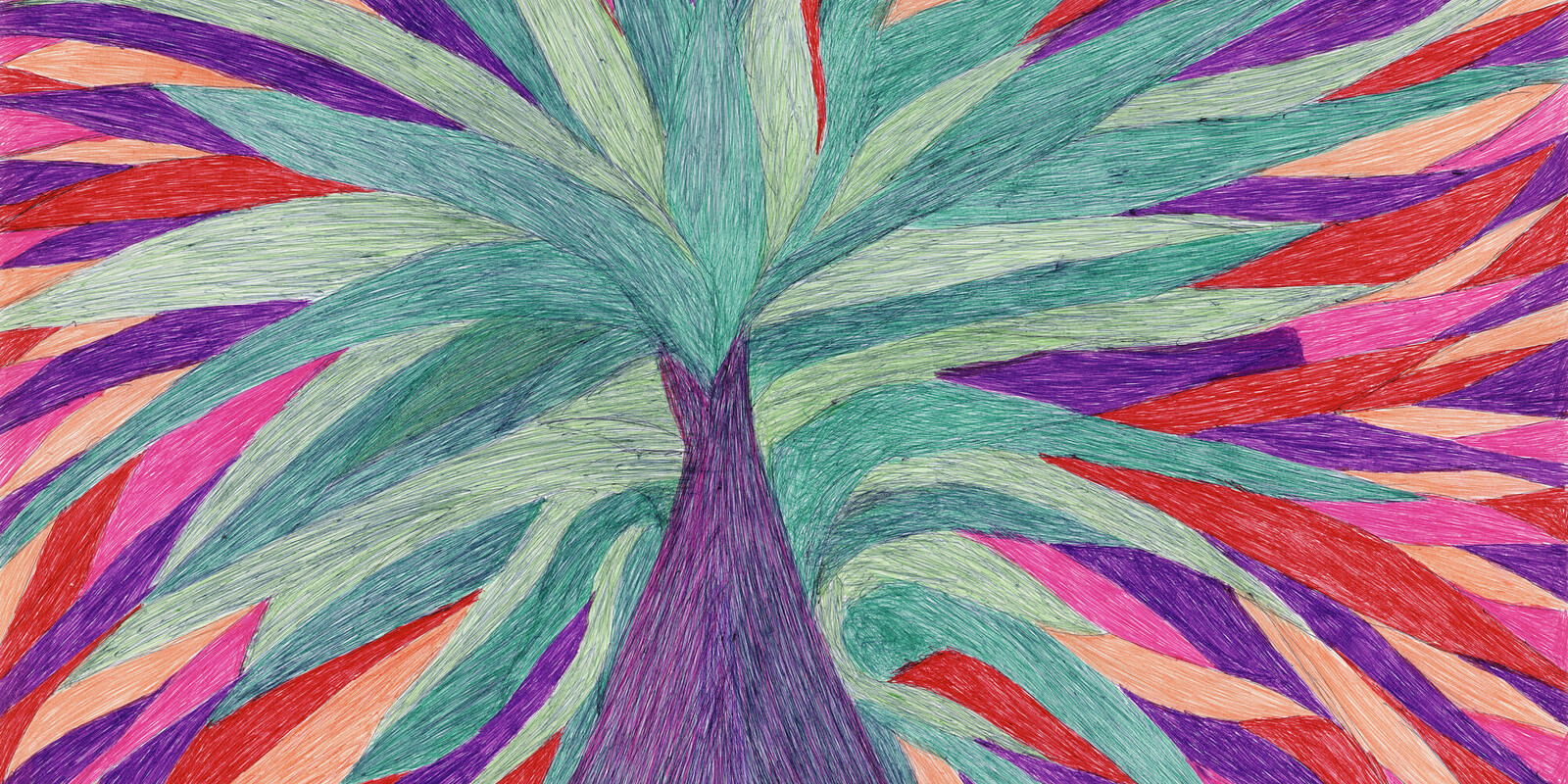July 12–November 10, 2019
261, boulevard Raspail
75014 Paris
France
Hours: Tuesday 11am–10pm,
Wednesday–Sunday 11am–8pm
Bringing together a community of artists, botanists, and philosophers, the Fondation Cartier pour l’art contemporain echoes the latest scientific research that sheds new light on trees. Organized around several large ensembles of works, the exhibition Trees gives voice to numerous figures who, through their aesthetic or scientific journey, have developed a strong, intimate link with trees, thereby revealing the beauty and biological wealth of these great protagonists of the living world, threatened today with large-scale deforestation.
Underestimated by biology for a long time, trees—like the entirety of the plant kingdom—have been the subject of scientific discoveries in recent years that have allowed us to see the oldest members of our community of living beings in a new light. Boasting sensory and memory capacities, as well as communication skills, existing in symbiosis with other species and exerting a climatic influence, trees are equipped with unexpected faculties whose discovery has given way to the fascinating hypothesis of “plant intelligence,” which could be the answer to many of today’s environmental problems. In resonance with this “plant revolution,” the exhibition Trees merges the ideas of artists and researchers, thus prolonging the exploration of ecological issues and the question of humans’ relationship to nature, which has been a regular theme in the Fondation Cartier’s exhibition program, as was the case recently with The Great Animal Orchestra (2016).
Featuring drawings, paintings, photographs, films, and installations by artists from Latin America, Europe, the United States, Iran, and from indigenous communities such as the Nivaclé and Guaraní from Gran Chaco, Paraguay, as well as the Yanomami Indians who live in the heart of the Amazonian forest, the exhibit, punctuated by several large ensembles, explores three narrative threads. Firstly, our knowledge of trees—from botany to new plant biology; secondly, aesthetics—from naturalistic contemplation to dreamlike transposition; and lastly, trees’ current devastation recounted via documentary observations and pictorial testimonies.
The exhibition Trees restores the tree to the place from which it had been stripped by anthropocentrism. It brings together the testimonies, both artistic and scientific, of those capable of looking at the vegetal world with wonder and who show us, to quote philosopher Emanuele Coccia: “There is nothing purely human, the vegetal exists in all that is human, and the tree is at the origin of all experience.”
Artists, scientists, and philosophers from all over the world:
Efacio Álvarez, Herman Álvarez, Fernando Allen, Fredi Casco, Claudia Andujar, Eurides Asque Gómez, Thijs Biersteker, José Cabral, Johanna Calle, Jorge Carema, Alex Cerveny, Raymond Depardon, Claudine Nougaret, Diller Scofidio + Renfro, Mark Hansen, Laura Kurgan, Ben Rubin, Robert Gerard Pietrusko , Ehuana Yaira, Paz Encina, Charles Gaines, Francis Hallé, Fabrice Hyber, Joseca, Clemente Juliuz, Kalepi, Salim Karami, Mahmoud Khan, Angélica Klassen, Esteban Klassen, George Leary Love, Cesare Leonardi, Franca Stagi, Stefano Mancuso, Sebastián Mejía, Ógwa, Marcos Ortiz, Tony Oursler, Giuseppe Penone, Santídio Pereira, Nilson Pimenta, Osvaldo Pitoe, Miguel Rio Branco, Afonso Tostes, Agnès Varda, Adriana Varejão, Cássio Vasconcellos, Luiz Zerbini
A new web series focused on five artists:
Through exclusive interviews of Francis Hallé, Luiz Zerbini, Stefano Mancuso & Thijs Biersteker, Afonso Tostes and Fabrice Hyber—be it in their art studios or daily lives—the artists tell us more about the bond they forged with trees and the influence of nature on their respective creative processes. Conceived as a five-episode series, the interviews are available at fondation.cartier.com.
QR codes to discover the garden:
On the occasion of the exhibition Trees, the Fondation garden—a true example of urban biodiversity—uploaded its website (jardin.fondationcartier.com) with new and enhanced content: an interactive map and pages dedicated to each of its 24 trees species. This content, placed in the garden, is designed as QR codes the visitor has to scan to read.


